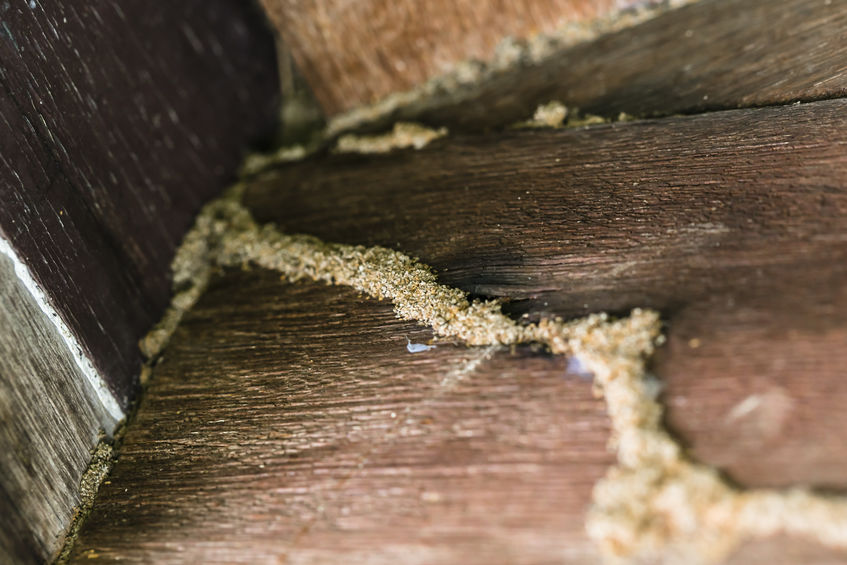For several decades during the last century, termite control methods were mainly preventative, and while prevention is still the primary focus of termite control programs today, pest control professionals are also able to exterminate subterranean termites that live beneath the ground where the pests cannot be seen. Using termiticide to treat soil around the perimeter of homes was the earliest professional subterranean termite control method that proved effective for preventing worker termites from accessing structural wood in homes. Today, both repellent and non-repellent termiticide perimeter treatments remain the most popular types of termite control in residential areas. The first baiting systems for subterranean termites were introduced during the 1990s, and since then, baits have been growing more popular with each passing year. Baits can provide both preventative and remedial control of subterranean termite pests, and there exist three different types of termite baiting systems. These baits are known as ingested toxins or stomach poisons, insect growth regulators, and biotermiticides or microbes.
Subterranean termite bait stations contain cardboard, or another cellulose-rich material that attracts foraging workers. Once workers reach a bait station, they consume a sample of the poisoned cellulose material to determine if it is suitable food for the colony. The lethal agent in the cellulose material must be a slow-acting toxin so that workers live long enough to return to their nest to spread the toxin to other termites throughout the colony, eventually resulting in their death. When it comes to the three types of toxins, ingested poisons work fastest, but workers may not always acquire a lethal dose of the poison, and researchers have noted that workers can learn to avoid bait stations containing ingested poison.
Biotermiticdes include bacteria, nematodes, or fungi, and they are not acquired in bait stations; instead, pest control professionals inject biotermiticides directly into subterranean termite foraging tunnels within soil. Biotermiticide infects workers on contact, and when workers return to the nest, the biotermiticide infection spreads throughout the colony. Early detection of subterranean termites, and the temperature and humidity of soil can influence the efficacy of biotermiticide bait treatments. However, biotermiticides are non-toxic and are not harmful to the environment.
Insect growth regulators (IGRs) consist of juvenile hormone analogs (JHA), juvenile hormone mimics (JHM) and chitin synthesis inhibitors (CSI). After acquiring cellulose bait containing an IGR, workers transport the IGR back to the nest where it spreads to offspring. IGRs do not kill adult termites, but they either kill offspring or render them sterile by disrupting their development into adults. IGRs basically prevent colonies from producing new members, resulting in the eventual death of colonies. IGRs can take weeks to months to eliminate a colony, but they are highly effective.
Is your home surrounded by a termiticide perimeter barrier to ward off subterranean termites?

